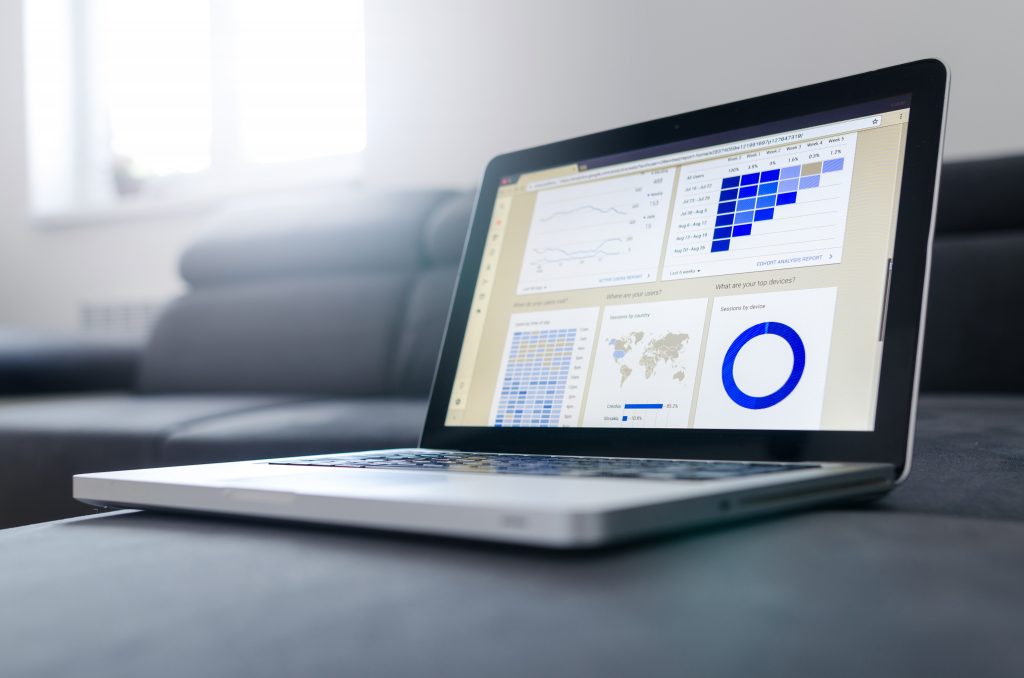Gone are the days when digital marketing was just a matter of intuition and professional creativity. Today it’s a numbers game that forces advertisers to deploy big data technologies and gain deeper audience insights.
Quick Links
If you want to make the most of your marketing strategy, you need to understand the basics of modern advertising. In this post, we will show you five ways big data is changing the future of digital ads. Let’s take a look!
Ultra-precise audience targeting
The first and by far the most important aspect of contemporary advertising is the ultra-precise audience targeting. Today, you can target almost any prospect you want using a highly accurate advertising platform as a tool.
For example, let’s say you are running an NSBroker service that relies on Facebook Ads for content promotion. In this case, you have three solutions at your disposal:
- Core audiences: The first option enables you to target Facebook users based on demographic traits like age, gender, location, interests, relationship status, and many more.
- Custom audiences: The second solution is to target people who already established some sort of interaction with your business either through Facebook or any other communication channel.
- Lookalike audiences: The last tactic is to target users who look like your existing customers.
With all of these options available at a glance, finding and addressing the right consumer becomes fairly simple and extremely efficient.
Personalized product ads
Have you ever visited Amazon or any other eCommerce store only to see tons of product recommendations that precisely match your interests? This is not magic or modern sorcery, but rather a natural consequence of big data in action.
Namely, advanced advertising platforms now give you the chance to analyze customer-related information in real-time and place the most appropriate ads accordingly. Instead of bombarding users with irrelevant promo messages, you can display personalized ads based on consumers’ history of purchases.
This is exactly what Netflix is doing with its powerful recommendation engine. One of the largest media streaming providers saves more than $1 billion annually by showing customized content recommendations to the subscribers. It drastically improves user experience while turning Netflix into a genuine leader of the media streaming world.
Native advertising
Another way big data boosts digital ads comes in the form of native advertising. By definition, native advertising represents the use of paid ads that match the look, feel, and function of the media format in which they appear.
What does it mean? It means that native ads blur the line between advertising and online posts, thus making promo messages look like organic content.
If you pay attention, you will notice lots of native ads on your social media newsfeed. It also appears as recommended content on the vast majority of websites. The main goal is to create a notion of non-disruptive behaviour that perfectly suits the browsing needs of a given user.
Besides that, many people cannot really identify the difference between organic content and native advertising, which is yet another factor that contributes to the effectiveness of this digital advertising technique.
Ads based on micro-moments
Do you ever abandon your current activity just to check something online? We bet you do it all the time because everybody makes use of the Internet to learn new things on the go. This is essentially what micro-moments are all about.
If you want a more detailed definition, here’s how Google explains it: “Micro-moments are intent-rich moments when a user turns to a device (especially a smartphone) to learn, do, watch, discover, or purchase something.”
Big data makes it possible to capture micro-moments and place ads based on users’ questions. For instance, a user will look for pizza places nearby and local outlets will display tailored ads to grab a given customer’s attention.
The same logic applies to all the other micro-moments such as what to do, where to-buy, how to learn, and so on.
Big data reduces advertising costs
The last way big data is changing digital advertising comes as the consequence of the previous features on our list. Namely, the sheer power of modern advertising platforms makes it possible to improve efficiency and lower costs of digital marketing campaigns.
Instead of wasting lots of money creating inefficient promo messages, you can now enjoy the privilege of pay-per-click advertising that guarantees results. All you have to do is to prepare a good strategy and exploit the possibilities of big data platforms. After that, most of the work is automated as the only thing left for you to do is to calculate return on investments.
The Bottom Line
Traditional marketing was all about inspiration and creativity, but digital advertising shift focus to research and data analytics. If you don’t understand the background of each customer individually, you can hardly win over the audience and grow conversion rates.
In this article, we showed you five ways big data is changing the future of digital ads. Will it change the way you approach digital advertising?
Author

